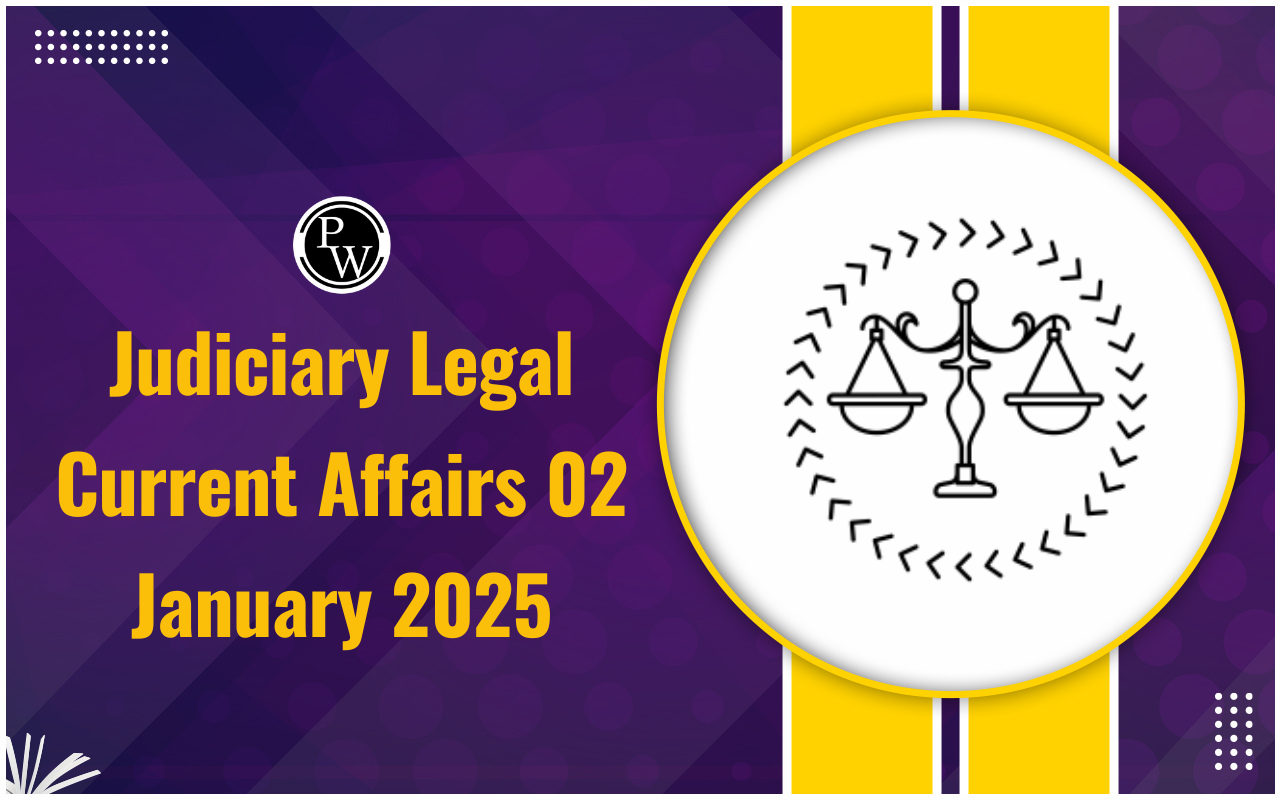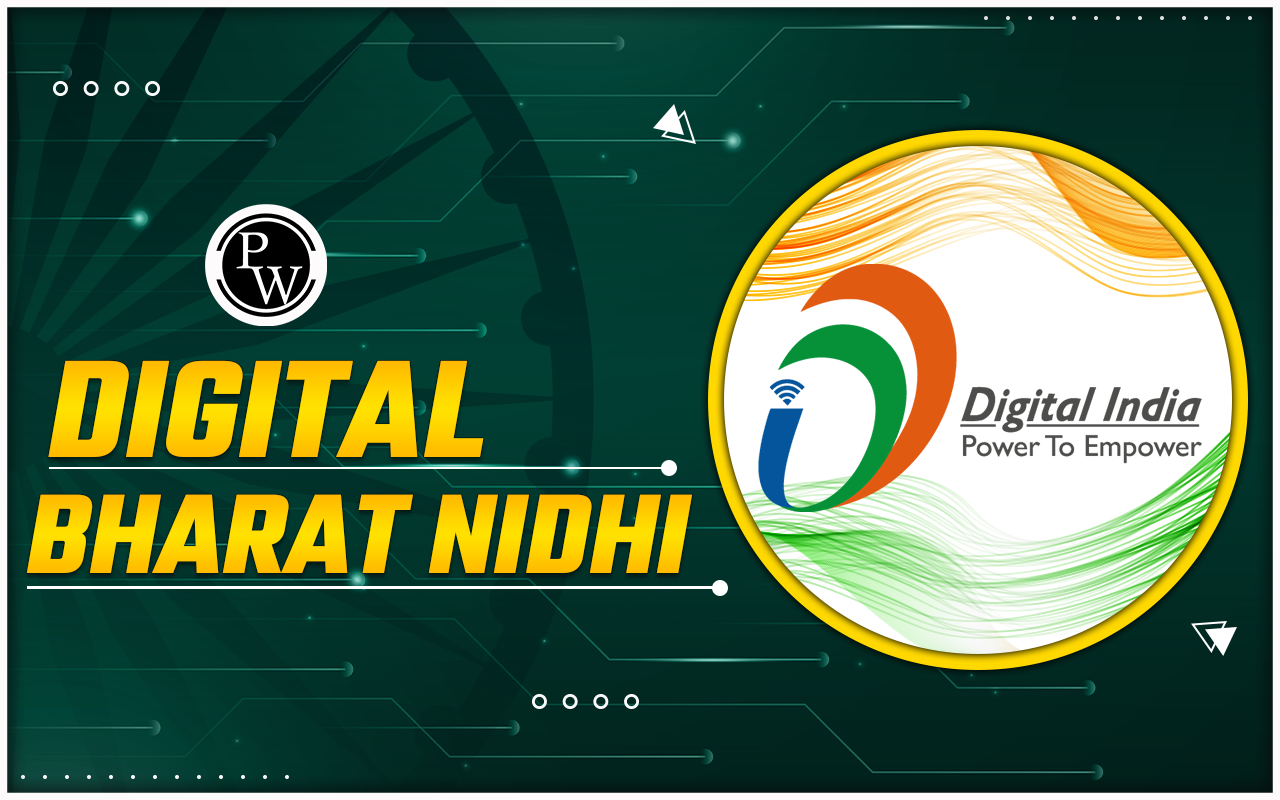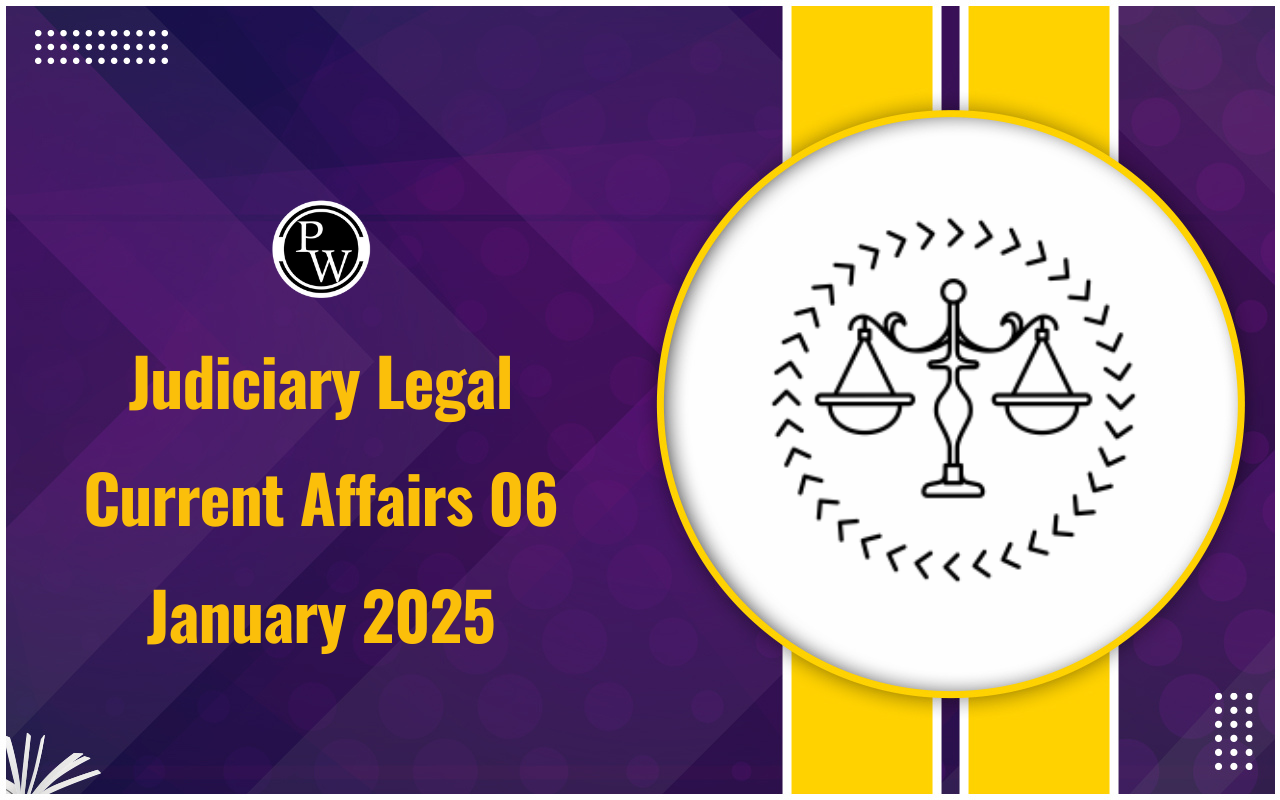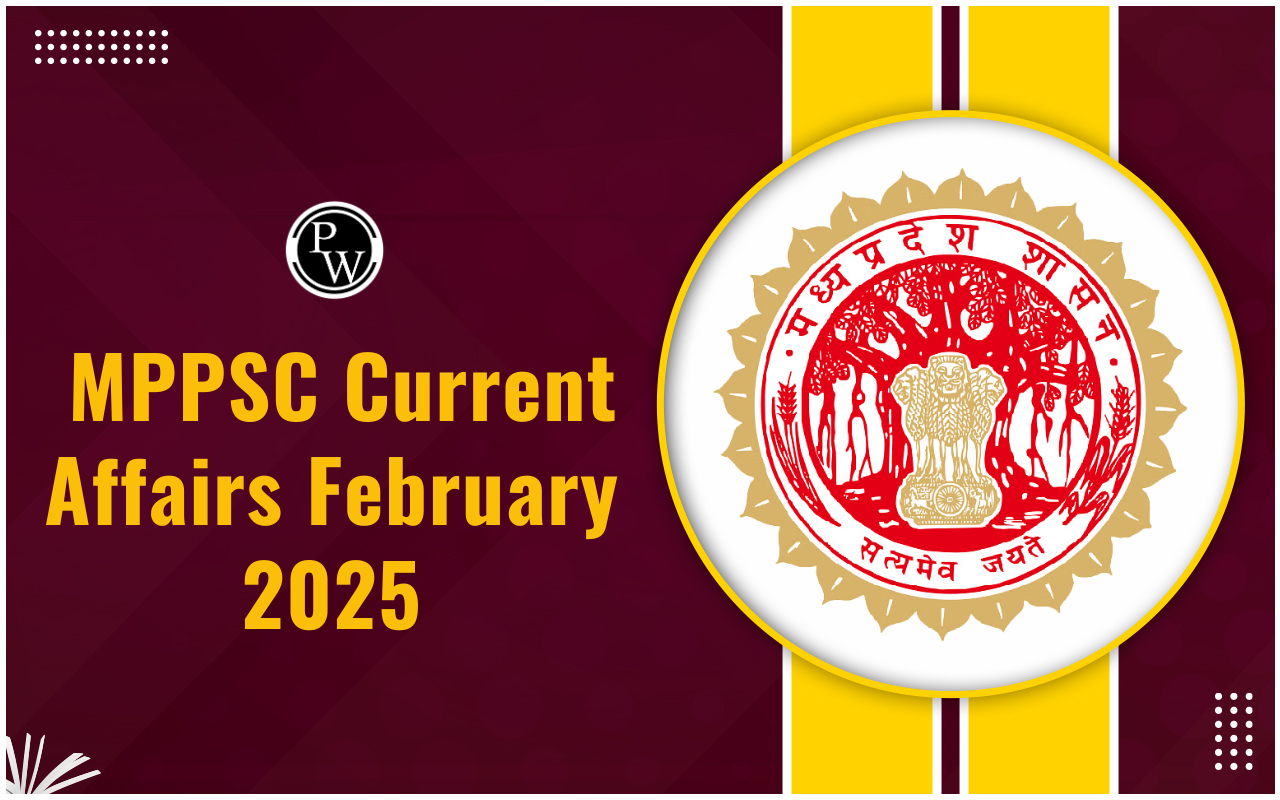
Priority Sector Lending: Priority Sector Lending (PSL) is a way of giving higher priority to certain economic sectors of the country. The purpose of a priority sector loan is to provide institutional credit to sectors and segments for which obtaining credit is difficult.
In other words, priority sector refers to those sectors which the Government of India and RBI consider important for the development of the basic needs of the country. They must be prioritized over other areas. Get the complete details of the Priority Sector Lending in our blog.Priority Sector Lending
Priority sector lending (PSL) means providing loans to those economic sectors that otherwise do not receive timely and adequate loans. RBI has given this role to banks to provide certain portion of bank loans to any specific sector. It is essentially intended for comprehensive development of the economy instead of focusing only on the financial sector. The Reserve Bank of India (RBI) has classified eight priority sectors in India:- Agriculture
- Micro, Small and Medium Enterprises (MSME)
- Export Credit
- Education
- Housing
- Social Infrastructure
- Renewable energy
History of Priority Sector Lending
- The origins of primary sector credit can be traced back to 1966, when Morarji Desai saw the need to increase credit to agriculture and small-scale industries.
- However, the definition of the primary sector was formalized based on a report by the Reserve Bank of India (RBI) to the National Credit Council in 1972.
- In 1974, commercial banks were targeted at 33.33% of their ANBC, which Dr. K.S. got 404 to ANBC. Krishnaswamy Committee.
- After the nationalization of the banks, the formation of the primary sector also allowed the then prime minister of India, Indira Gandhi, to satisfy important political interests.
- The definition of priority sectors grew over time and was not limited to important pressure groups, but was expanded to include important neglected sectors of the economy.
- Despite the changes, the classification remains strongly focused on agriculture and small-scale industries (defined as micro, small and medium enterprises or MSMEs) to this day.
Activities Covered Under Priority Sector Lending
Priority Sector Lending is not applicable to Regional Rural Banks (RRB) and Small Finance Banks (SFB) because these banks are already working in the sector which are defined in PSL norms. We have discussed below the activities covered under Priority Sector Lending.- Agriculture: Loans for agricultural activities including cultivation, breeding, fishing and other agricultural activities. Micro, Small and Medium Enterprises (MSME): Credit is given to micro, small and medium enterprises. This includes loans for new business start-ups, working capital requirements and expansion.
- Education: Loans made to cover educational expenses, including tuition fees, purchase of books, course fees and other educational purposes.
- Housing: loans to finance housing, including loans for the purchase, construction or renovation of residential buildings.
- Export credit: Financing provided to exporters to facilitate international trade. This includes pre-shipment and post-shipment credit, export working capital and other export-related financial services.
- Renewable Energy: Loans for renewable energy projects such as solar, wind, biomass and other clean energy projects.
- Health care: credit support for the development of health infrastructure, including financing of hospitals, clinics, medical equipment and health services.
- Social Infrastructure: Funding for social infrastructure projects such as schools, colleges, vocational training centers and other community development projects.
- Loans to the weakest groups: Special attention is given to marginalized and economically weaker groups. This includes Scheduled Castes, Scheduled Tribes and Other Backward Classes.
Priority Sector Lending<span style=
Q1. Which Committee introduced Priority Sector Lending?
Ans. M.V. Nair Committee constituted by the Reserve Bank of India introduced Priority Sector Lending.
Q2. What is Priority Sector Lending (PSL)?
Ans. Priority Sector Lending (PSL) is a way of giving higher priority to certain economic sectors of the country. The purpose of a priority sector loan is to provide institutional credit to sectors and segments for which obtaining credit is difficult.
Q3. What are the activities included under Priority Sector Lending?
Ans. The activities included under Priority Sector Lending are detailed in our blog.
Q4. What is the History of Priority Sector Lending?
Ans. The origins of primary sector credit can be traced back to 1966, when Morarji Desai saw the need to increase credit to agriculture and small-scale industries. However, the definition of the primary sector was formalized based on a report by the Reserve Bank of India (RBI) to the National Credit Council in 1972.
🔥 Trending Blogs
Talk to a counsellorHave doubts? Our support team will be happy to assist you!

Check out these Related Articles
Free Learning Resources
PW Books
Notes (Class 10-12)
PW Study Materials
Notes (Class 6-9)
Ncert Solutions
Govt Exams
Class 6th to 12th Online Courses
Govt Job Exams Courses
UPSC Coaching
Defence Exam Coaching
Gate Exam Coaching
Other Exams
Know about Physics Wallah
Physics Wallah is an Indian edtech platform that provides accessible & comprehensive learning experiences to students from Class 6th to postgraduate level. We also provide extensive NCERT solutions, sample paper, NEET, JEE Mains, BITSAT previous year papers & more such resources to students. Physics Wallah also caters to over 3.5 million registered students and over 78 lakh+ Youtube subscribers with 4.8 rating on its app.
We Stand Out because
We provide students with intensive courses with India’s qualified & experienced faculties & mentors. PW strives to make the learning experience comprehensive and accessible for students of all sections of society. We believe in empowering every single student who couldn't dream of a good career in engineering and medical field earlier.
Our Key Focus Areas
Physics Wallah's main focus is to make the learning experience as economical as possible for all students. With our affordable courses like Lakshya, Udaan and Arjuna and many others, we have been able to provide a platform for lakhs of aspirants. From providing Chemistry, Maths, Physics formula to giving e-books of eminent authors like RD Sharma, RS Aggarwal and Lakhmir Singh, PW focuses on every single student's need for preparation.
What Makes Us Different
Physics Wallah strives to develop a comprehensive pedagogical structure for students, where they get a state-of-the-art learning experience with study material and resources. Apart from catering students preparing for JEE Mains and NEET, PW also provides study material for each state board like Uttar Pradesh, Bihar, and others
Copyright © 2025 Physicswallah Limited All rights reserved.
Get App









